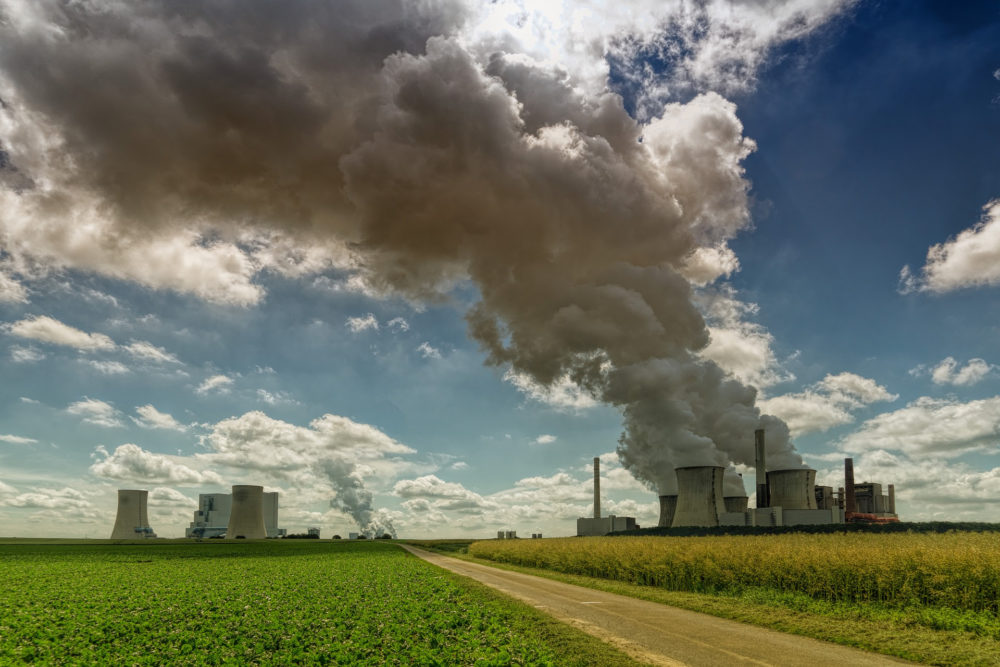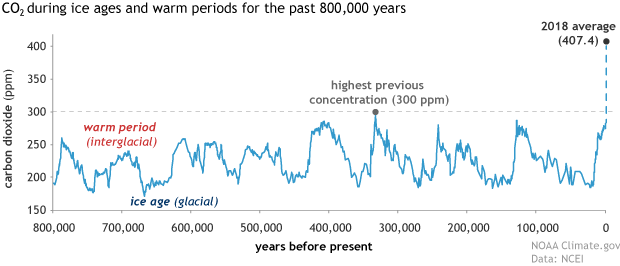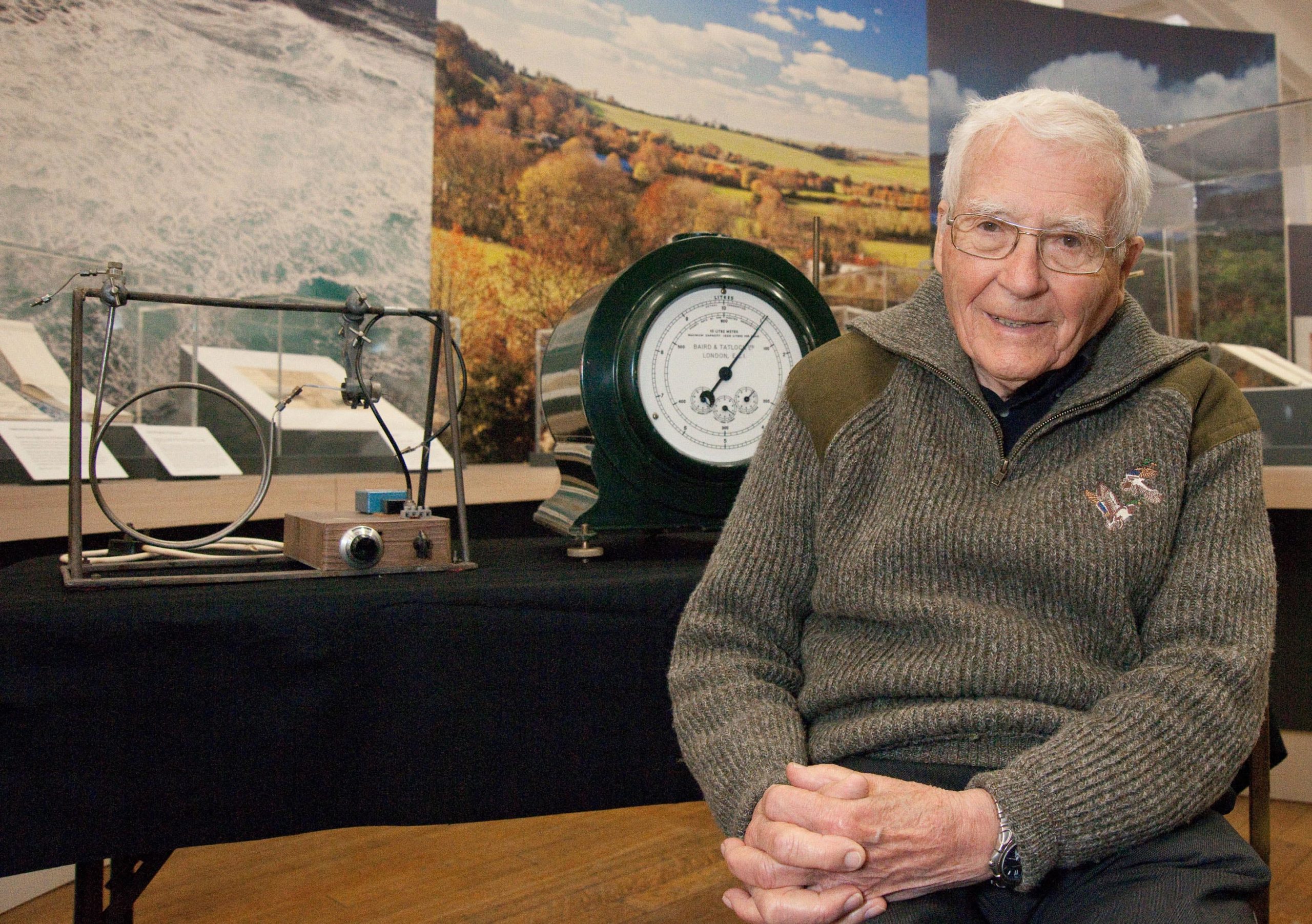Via a combination of two limitless natural resources, the wind and the sun, I enjoyed a great quality of life with a tiny ‘carbon footprint’.
On returning to the UK, very tanned and very skint, with no desire to return to working in an office with a daily train commute, I spied an opportunity to expand on the electrical and solar skills I had developed whilst sailing. The UK was just about to adopt a subsidy package in order to stimulate the renewable and specifically solar industry.
I re-trained as an electrician and then, as a solar engineer before setting up SogoSolar in 2010.
I have worked very hard and also had a lot of fun, yet in recent years I have increasingly thought about the simplicity of those ‘live-a-board’ years and also to the wider issue of the unsustainable relationship homo sapiens have developed with the environment and almost all of the earth’s flora and fauna.
Back to James Lovelock and The Gaia Hypothesis.
This led Lovelock to propose The Gaia Hypothesis (named ‘Gaia’ by his friend the author William Golding) that the living and non-living elements of the earth form a complex interacting system that could be regarded as an organism, capable of self-regulation, in order to support life.
This all works perfectly whilst the thousands of integrated components are in balance with feedback loops that help to maintain a reasonably stable environment for life. When there are major disruptions to the equilibrium, they tend to take place over geological timescales, and as a result life forms have time to adapt.
What would happen though, if one organism or species, became totally dominant over all (or nearly all) other life forms. What if this species also became so detached from the worlds natural cycles, that its behaviour could continue to become more and more detrimental to its fellow organisms, until such time that a catastrophic event, or series of events, occurred to restore an equilibrium.
For context, 90% of large animals (greater than a few kilo’s in weight) living today are either humans or domesticated animals i.e those reared by humans. Only 10% of large animals roaming this planet remain living wild. Even many of these are often now living in an ecosystem that has been significantly impacted and reduced by human activities.
Whilst at UEA I studied, amongst other subjects, ‘the green-house gas’ effect. In 1985 atmospheric CO2 levels were 344 parts per million (PPM). This was 60ppm above pre-industrial revolution levels (1780’s) of 280pp. (Source . www.co2.earth).

In April 2020, atmospheric CO2 levels are 410ppm, a further 80ppm above the levels when I was at college.
In the 30 years since I left UEA, atmospheric CO2 levels have risen by almost as much as they rose in the 200 years from the start of the industrial revolution to the 1980’s.
It is 3 million years since CO2 levels were this high. Sea levels were 15 – 25m higher than they are today. The increase in Co2 levels took place over tens of thousands of years, with organisms having time to mitigate and or migrate.
We have forced through this increase in just 200+ years. There will be insufficient time to mitigate for 7 billion people. Not only have Co2 levels risen to the highest levels in millions of years, but the rate of increase continues to rise – see table below:

30 years on, it is now widely recognised by most that we are fast approaching an emergency situation with respect to climate and biodiversity.
Lovelock, who was 100 years old in 2019, and is still working, believes we have passed the so called ‘tipping point’ and that runaway temperature increase is inevitable. This he suggests, will be catastrophic for man, with up to 80% of the current 7 Billion of us likely to perish, as regions heat up, agriculture fails, mass migrations ensue.
This planet as a whole will likely be fine, however the one species responsible for wholesale abuse of natural resources and natural cycles, may well not fare so well by the turn of the Century.
I started writing this when there were just two global emergencies – climate & biodiversity.
Today, with Covid-19, there is a third.
All have life and death implications if not addressed adequately.
The global response to Covid-19 has been pretty swift, and in terms of the economic resources being made available, immense.
Most of us have now had a significant period of down time during this pandemic, to think about lots of the issues that too often get nudged aside in the hurly burly of modern life, and I urge you to investigate The Gaia Hypothesis.
Perhaps one of the global benefits to emerge from our collective response to Covid-19, an invisible, miniscule bug that has derailed life as we knew it, might be a similarly urgent re-evaluation of homo sapiens relationship with all the other living species with whom we share this unique and beautiful planet.
One final observation on the man that started this piece, James Lovelock. You may be surprised to find out that he is not a massive fan of the policy levers that have been used to kick start the global renewables industry. He is a firm advocate of nuclear energy.

James Lovelock (aged 94) gives a wide ranging interview on his life and work
https://www.youtube.com/watch?v=GIFRg2skuDI
James Lovelock (aged 100) still expressing strong views on renewable energy, nuclear energy & space travel
We are specialists in the design and installation of solar panel and battery storage systems for domestic and commercial customers in London, Surrey and the South East. We know that investing in solar energy remains one of the smartest decisions you could make today. However, we also know that you may have questions before making any decision, and are always happy to talk through the details with customers.
Based in south west London, we install solar panels and battery storage systems in London, Surrey, Bucks, Herts and Essex. Visit www.sogosolar.co.uk or call us now on 0800 0025833 for a FREE, no obligation consultation about installing solar panels at your home or business.
